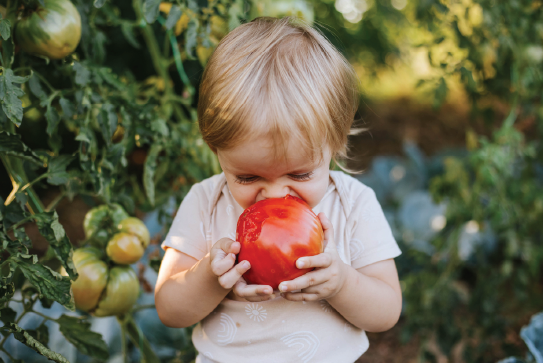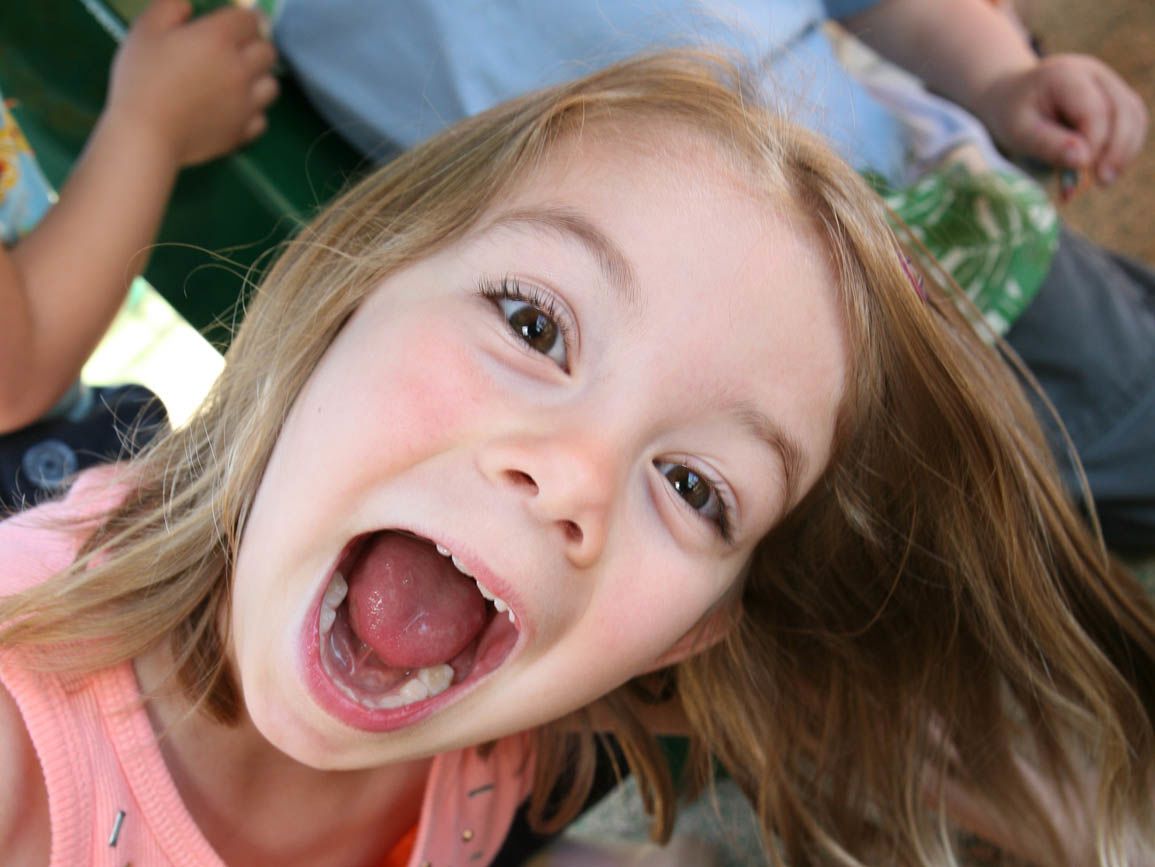Earth Day is not only a wonderful time to reflect on how we can better care of our planet but also remind ourselves that we can make eco-friendly choices every day. Going “green” as a family implies that values and practices focus on protecting the environment and conserving natural resources.
Many families strive to inspire and nurture in children a sense of stewardship for the planet. Early childhood is an optimal time for children to develop a sense of appreciation for the planet and all it has to offer. Teaching children about sustainability early in life not only benefits the environment but also encourages children to grow into adults who will love and care for our planet.
How to teach kids to go green
Build the connection
The first step in helping kids to go green is to help them develop a deep love for our Earth. Children are more likely to want to take care of the natural world if they have a connection to it. To raise Earth-friendly kids, some families take nature walks, hike in the mountains, walk in the woods, or explore bodies of water. Other families walk around their neighborhoods to enjoy natural life, pick up litter in community areas, work in a community garden, look at foliage and flowers, or photograph insects. Regardless of whether you live in a city or on a farm, nature surrounds you when you open your doors.
Start with the basics
Raise environmental awareness and help children develop green habits by making the Three Rs (Reduce, Reuse, Recycle) part of your family culture. You are your child’s most important role model. By going green as a family and practicing the Three Rs, you not only make a profound impact on conserving the world’s resources but also help children develop lifelong dispositions to Earth-friendly behaviors. Below are a few suggestions to go green by reducing, reusing & recycling:
- Reduce: Even our youngest children can be taught to turn off lights, turn off the faucet while brushing their teeth, or draw on two sides of a sheet of paper. Some families reduce their gasoline consumption by walking, carpooling, bike riding, or using public transportation. Other families compost to reduce the amount of waste in landfills.
- Reuse: Whenever possible, use items that can be reused, rather than disposed of. Consider using cloth napkins instead of paper, lunch boxes instead of disposable sacks, and placing food in washable containers rather than plastic bags. Some families wrap gifts in reused fabric or their children’s artwork rather than buying wrapping paper.
- Recycle: In most communities, recyclable paper and plastic can be sorted and sent to recycling centers or curbside recycling can be used. Families can also recycle toys, clothes, and other items by passing them on to friends or donating them to charitable organizations. The wonderful projects brought home from child care or school can be recycled as gifts to appreciative relatives. Food scraps can be composted and recycled back to the Earth.
There is no single way to raise environmentally aware children. Being a green family means different things to different families, so decide what works and feels right for your family. Every small step helps your child develop lifelong habits while making an important, positive impact on the Earth.





